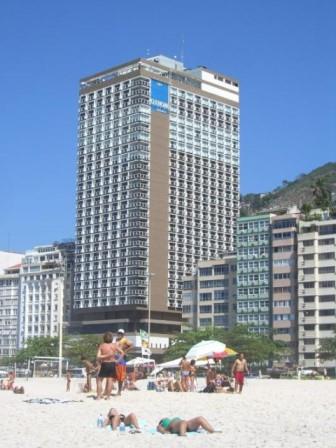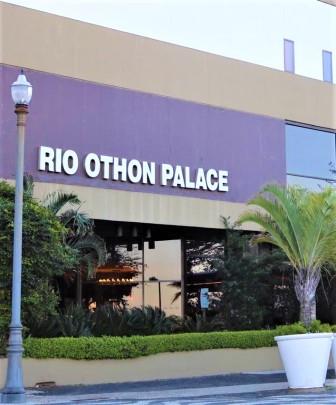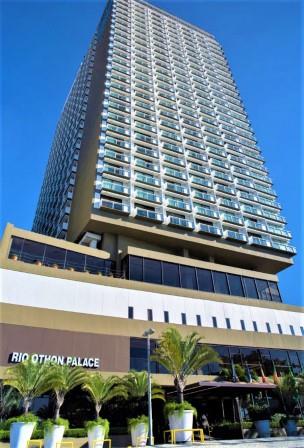ORALS
SESSION: BatteryMonPM2-R9
| 5th Intl. Symp. on Sustainable Secondary Battery Manufacturing and Recycling |
| Mon Nov, 5 2018 / Room: Asian (60/3rd) | |
| Session Chairs: Thierry Djenizian; Vimalnath Selvaraj; Session Monitor: TBA |
16:20: [BatteryMonPM210]
Dissolution of Spent Lead Acid Battery Paste for Lead Recovery, Bio-sensing and Bio-removal of Residual Pb Ions Vimalnath
Selvaraj1 ;
Vasant
Kumar2 ; Carsten
Schwandt
3 ; Subramanian
Sankaran
4 ;
1University of Cambridge, Cambridge, United Kingdom;
2University of Cambridge, Cambridge, United Kingdom ;
3University of Nizwa, Nizwa, Oman;
4Indian Institute of Science, Bengaluru, India;
Paper Id: 392
[Abstract] A spent lead acid battery consists of four parts, namely the electrolyte, lead and lead alloy components (for example the battery grid and plate), lead paste (the "redox", otherwise known as active, component of the battery) and organics or plastics with weight percentages of 11-30%, 24-30%, 30-40% and 22-30% respectively [1]. The spent battery paste is arguably the most complex component to recycle. It is complex as it is made up of a multitude of materials including PbSO<sub>4</sub> (~60%), which dominates in spent batteries, PbO<sub>2</sub> (~28%), PbO (~9%), free metallic lead (~3%) and a small but substantial concentration of impurities such as iron, antimony, tin and barium [1,2].
The recovery of Pb from spent lead paste is achieved conventionally through pyrometallurgical process requiring relatively elevated temperature (>900°C) for the decomposition of PbSO<sub>4</sub> [3]. The elevated temperature releases SO<sub>2</sub> gas and lead particulates into the environment, raising serious environmental concerns [4]. Hydro-electro metallurgical processing, which has been developed as an alternative, also consumes high energy and uses toxic acids like HBF<sub>4</sub> or H<sub>2</sub>SiF<sub>6</sub> [5]. There is a need for eco-friendly method. In this study, a hydrometallurgical process for complete dissolution of spent lead paste at room temperature has been developed. Post recycling of the dissolved spent lead paste, the residual Pb ions are determined and removed using an eco-friendly biological method.
The complete dissolution of spent lead acid battery paste is achieved in the presence of sodium hydroxide (NaOH), nitric acid (HNO<sub>3</sub>) and hydrogen peroxide (H<sub>2</sub>O<sub>2</sub>). The concentration of Pb ions in the processed water is determined by deploying bacterial cells, Pseudomonas aeruginosa, using differential pulse anodic stripping voltammetry (DPASV). The parameters namely, pH, time, biomass loading and Pb ions concentration were optimized for maximum Pb ions removal by the selected bacterial cells.
References:
1. Zhu, X., Li, L., Sun, X., Yang, D., Gao, L., Liu, J., ... & Yang, J. (2012). Preparation of basic lead oxide from spent lead acid battery paste via chemical conversion. Hydrometallurgy, 117, 24-31.
2. Chen, T. T., & Dutrizac, J. E. (1996). The mineralogical characterization of lead-acid battery paste. Hydrometallurgy, 40(1-2), 223-245.
3. Yanakieva, V. P., Haralampiev, G. A., & Lyakov, N. K. (2000). Desulphurization of the damped lead battery paste with potassium carbonate. Journal of Power Sources, 85(1), 178-180.
4. Sonmez, M. S., & Kumar, R. V. (2009). Leaching of waste battery paste components. Part 1: Lead citrate synthesis from PbO and PbO2. Hydrometallurgy, 95(1-2), 53-60.
5. Yang, J., Kumar, R. V., & Singh, D. P. (2012). Combustion synthesis of PbO from lead carboxylate precursors relevant to developing a new method for recovering components from spent lead-acid batteries. Journal of Chemical Technology & Biotechnology, 87(10), 1480-1488.
SESSION: BatteryTueAM-R9
| 5th Intl. Symp. on Sustainable Secondary Battery Manufacturing and Recycling |
| Tue Nov, 6 2018 / Room: Asian (60/3rd) | |
| Session Chairs: TBA Session Monitor: TBA |
11:45: [BatteryTueAM02]
Hydrometallurgically Generated Nanostructured Lead(II) Oxide from discarded Lead-Acid Batteries: From Laboratory to Pre-Pilot Scale-up Robert
Liu1 ;
Vimalnath
Selvaraj2 ; Marcel
Yiao
2 ;
Vasant
Kumar3 ; Steve
Andrew
1 ; Spencer
Lowe
1 ;
Miles
Freeman1 ;
Johdie
Harris1 ;
Athan
Fox1 ;
1Aurelius Environmental, Dudley, United Kingdom;
2University of Cambridge, Cambridge, United Kingdom;
3University of Cambridge, Cambridge, United Kingdom ;
Paper Id: 429
[Abstract] The recycling of lead-acid batteries (LABs) is currently an energy intensive, inefficient and polluting procedure. An alternative hydrometallurgical recycling route using citric acid(1)(2) has been proven to effectively and efficiently facilitate the extraction of lead from discarded LAB paste material to form an intermediate that can be further processed to be potentially reused again in new LABs.
This citric acid route has been extensively trialled in the laboratory at the University of Cambridge and has recently been through several concurrent iterative experimental trials at a pre-pilot scale at Aurelius Environmental Ltd in Tipton, UK.
The procedure of scaling up any process from the laboratory to pilot and, if successful, to full commercial scale is a journey that is well trodden. The current review paper will seek to describe some of the challenges and successes that has thus far been encountered in scaling up this promising recycling route.
As the author, associates and collaborators attempt to translate what has been shown in the laboratory to a pre-pilot scale, the ultimate aim is to transition to a full pilot scale and beyond in the near future. The progress and future aims of this nascent technology will be outlined and discussed in order to inform and educate a wider audience of this exciting and sustainable recycling method.
References:
[1] Sonmez MS, Kumar RV. Leaching of waste battery paste components. Part 1: Lead citrate synthesis from PbO and PbO2. Hydrometallurgy. 2009;95(1-2):53-60.
[2] Sonmez MS, Kumar RV. Leaching of waste battery paste components. Part 2: Leaching and desulphurisation of PbSO4 by citric acid and sodium citrate solution. Hydrometallurgy. 2009;95(1-2):82-6.
[3] Yang J, Kumar RV, Singh DP. Combustion synthesis of PbO from lead carboxylate precursors relevant to developing a new method for recovering components from spent lead-acid batteries. Journal of Chemical Technology & Biotechnology. 2012;87(10):1480-8.



















